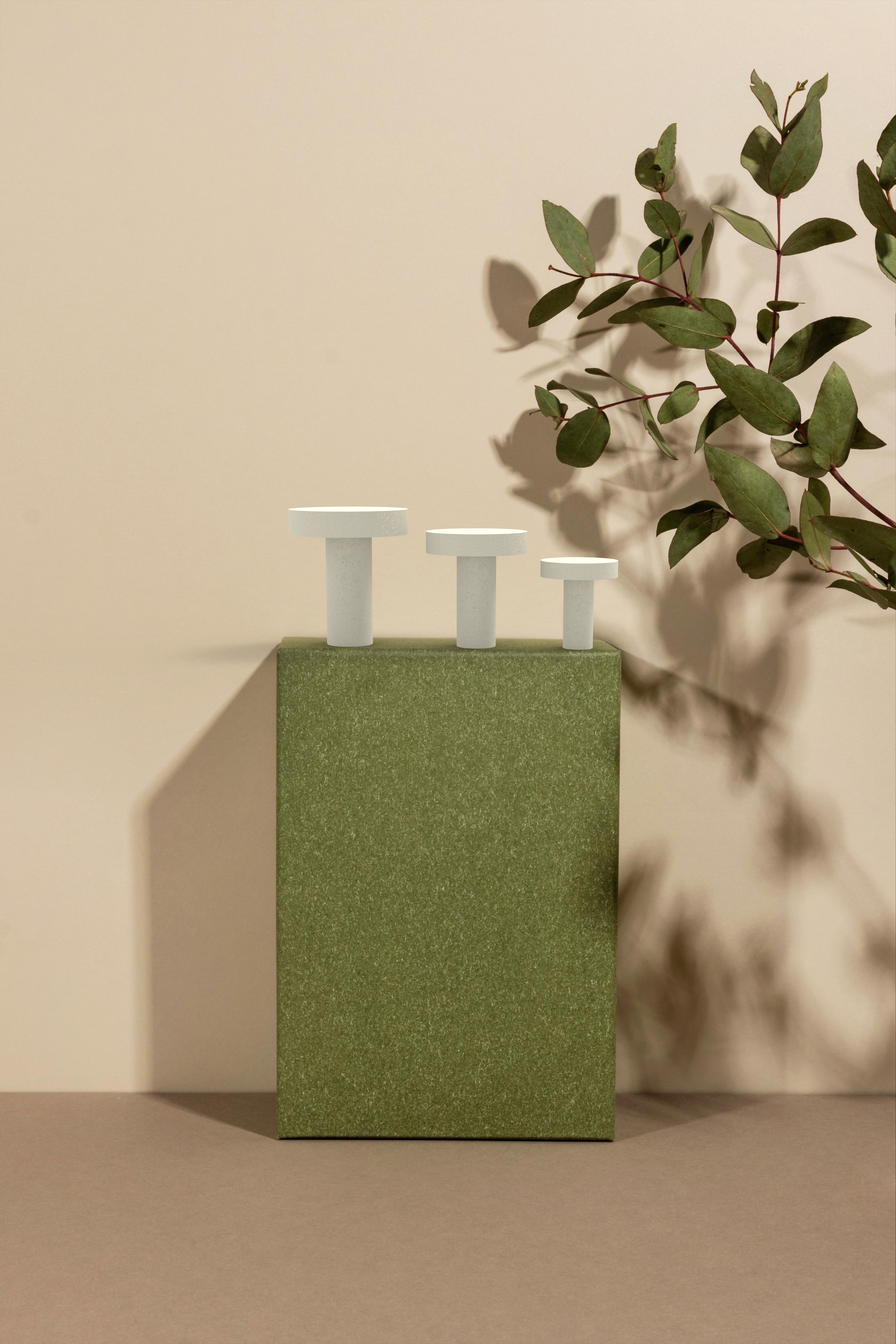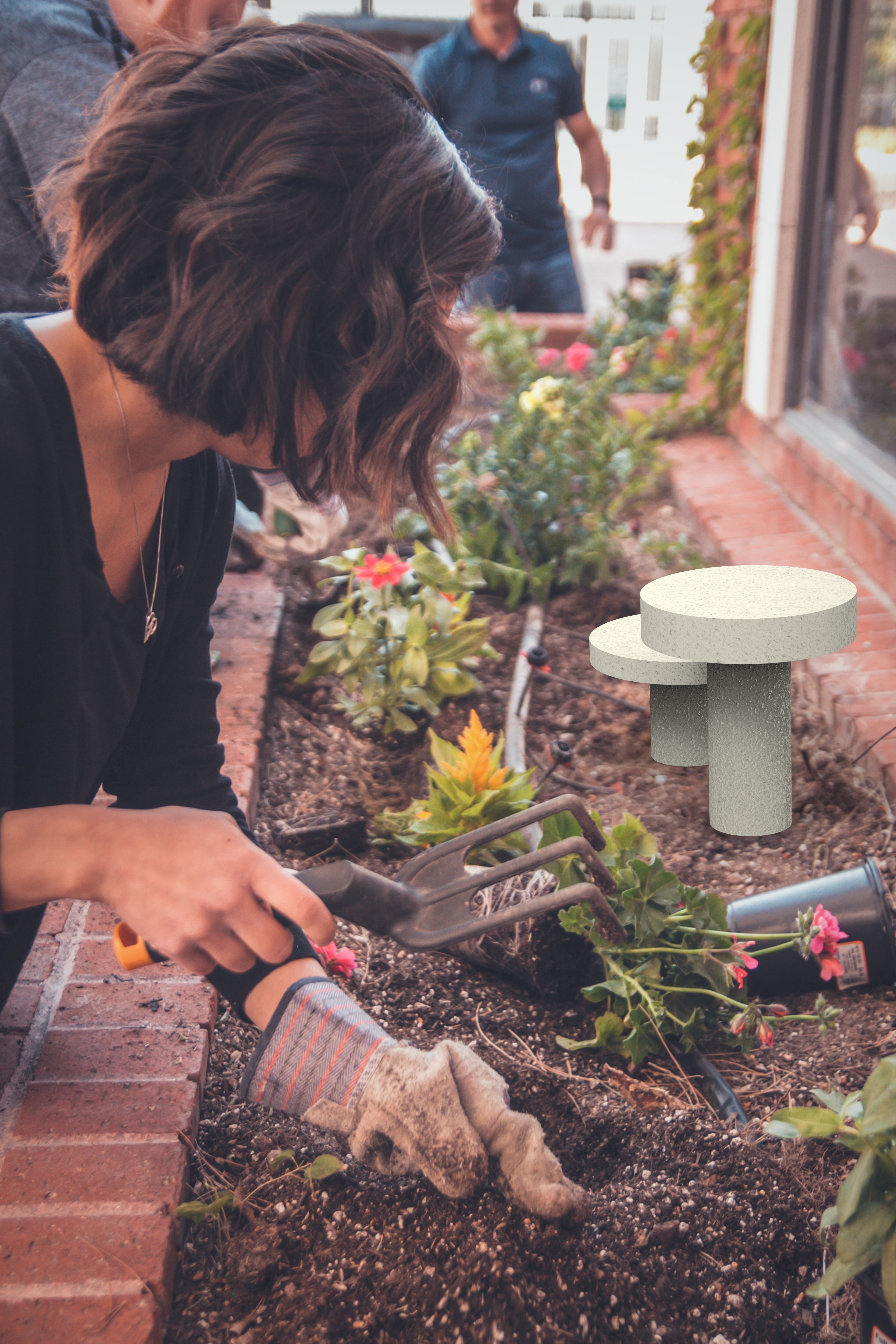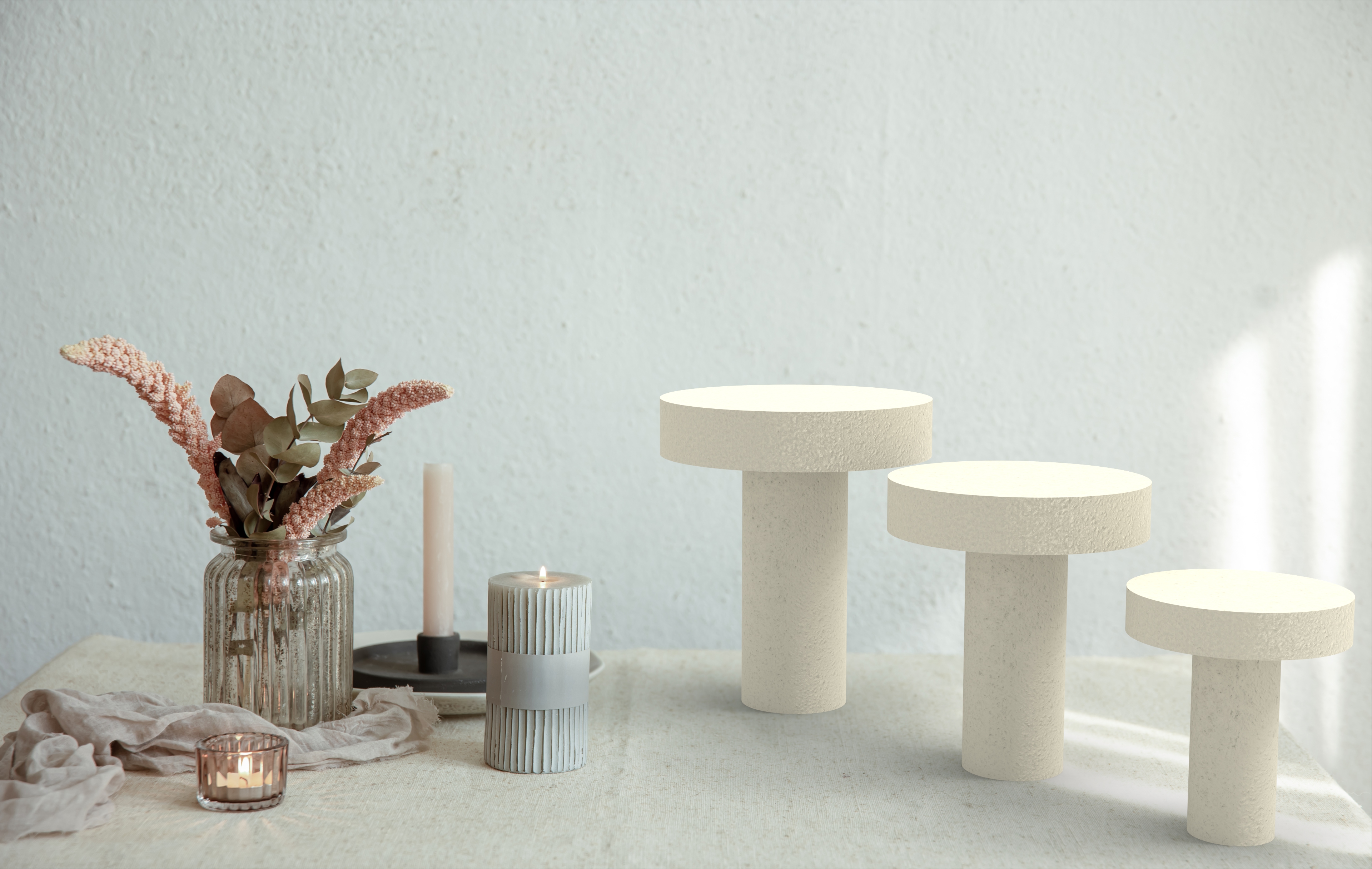COINS
Thesis Speculative Design, Industrial Design, Rapid Prototyping, Ecology, Future Casting, Crypto-Currency, Sustainability, 3D Printing, Metal Casting, Silicone Casting, CAD, Rendering, MyceliumCoins explores the concept of value today – a time not only of crypto, but an age when links connecting currencies with tangible commodities have long vanished.
Four speculative currencies represent different interpretations of how physical money might be manifest today or in a near-future - each driven by different values, sentiments and materials. Every scenario proposes a possibility of how someone would use and exchange the currency. Each currency additionally examines or critiques an aspect complicating the embrace of contemporary alternatives, such as crypto-currency, from concerns of ecology, inflation, security, or the value of labor.
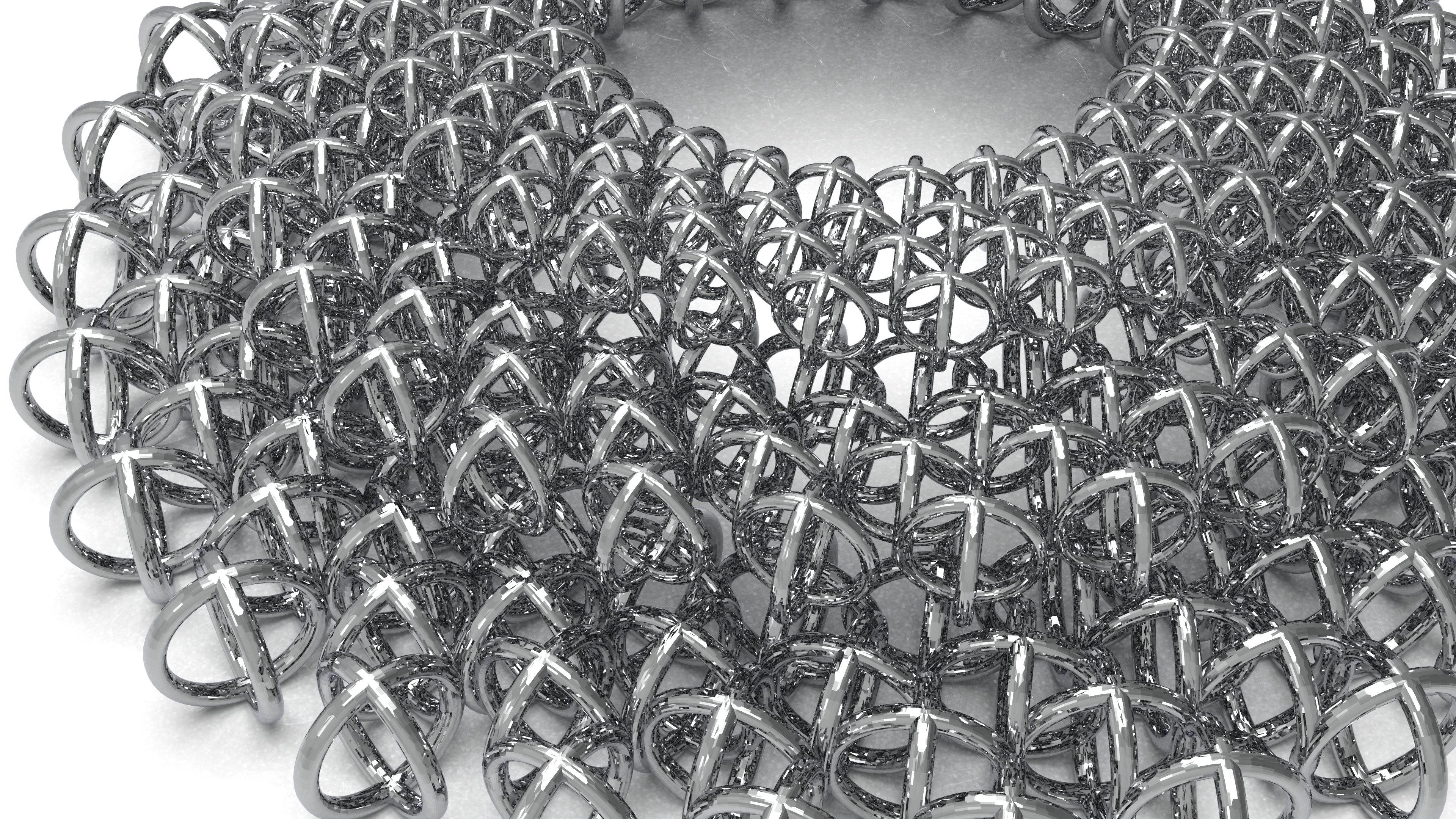

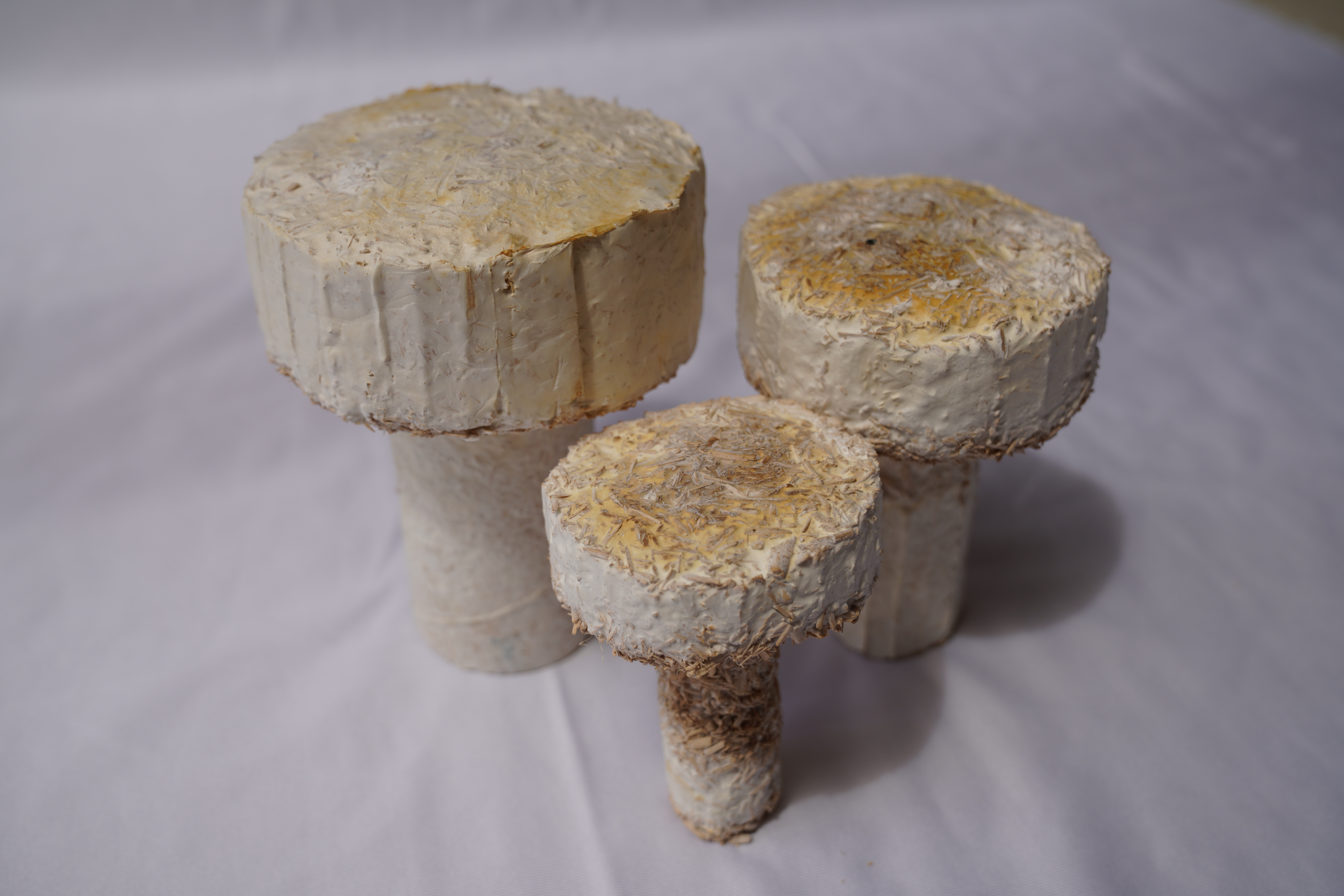
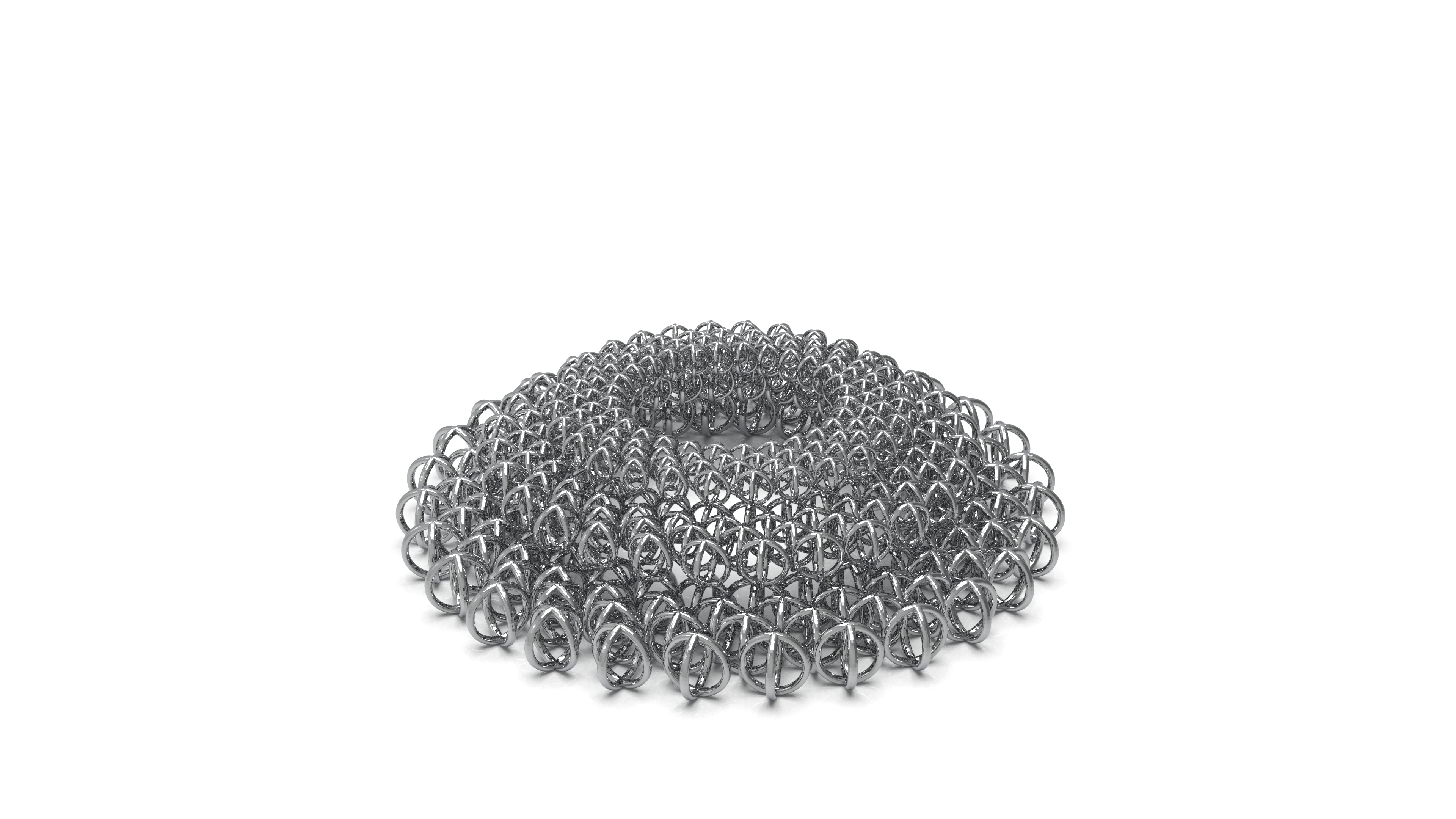
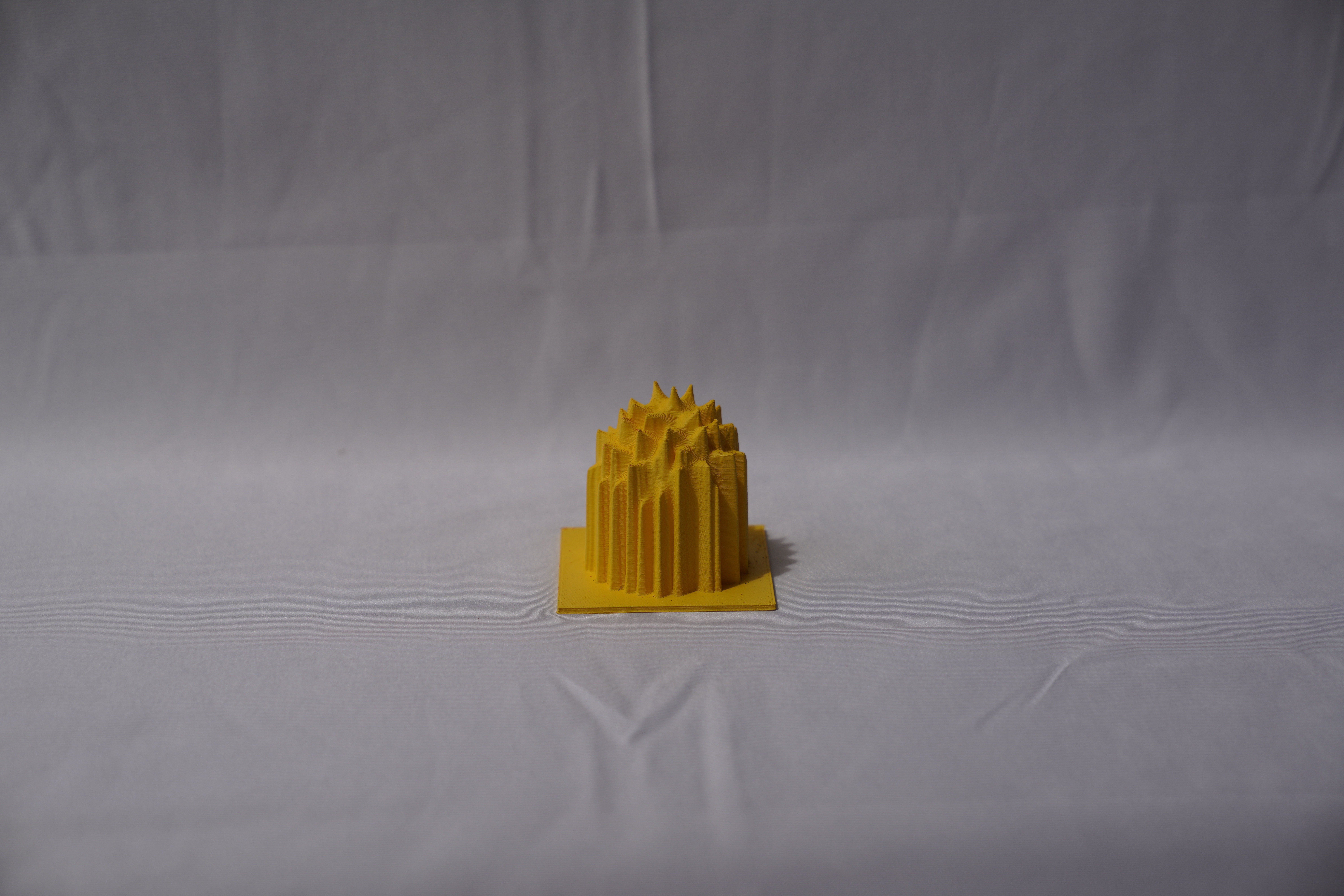
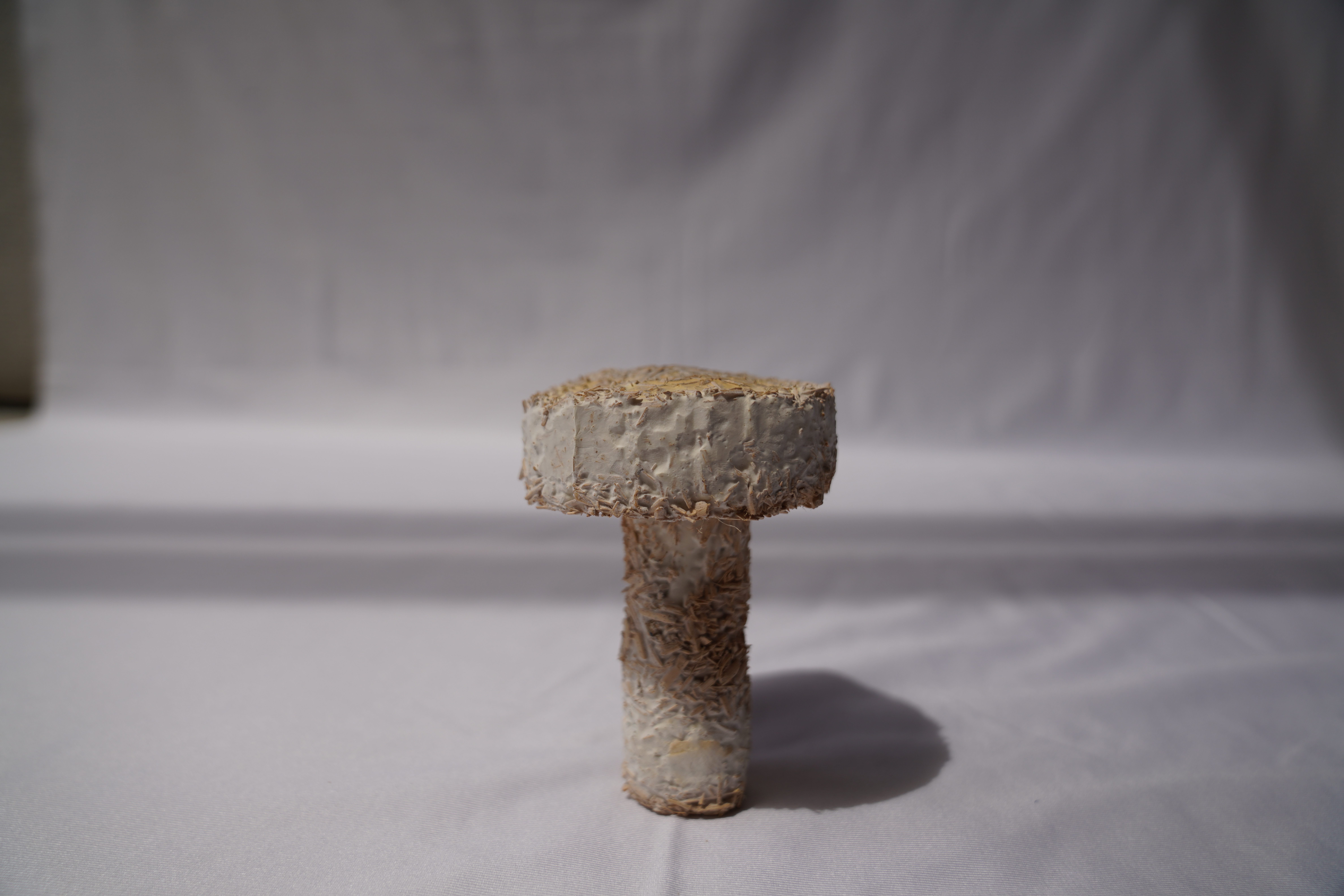
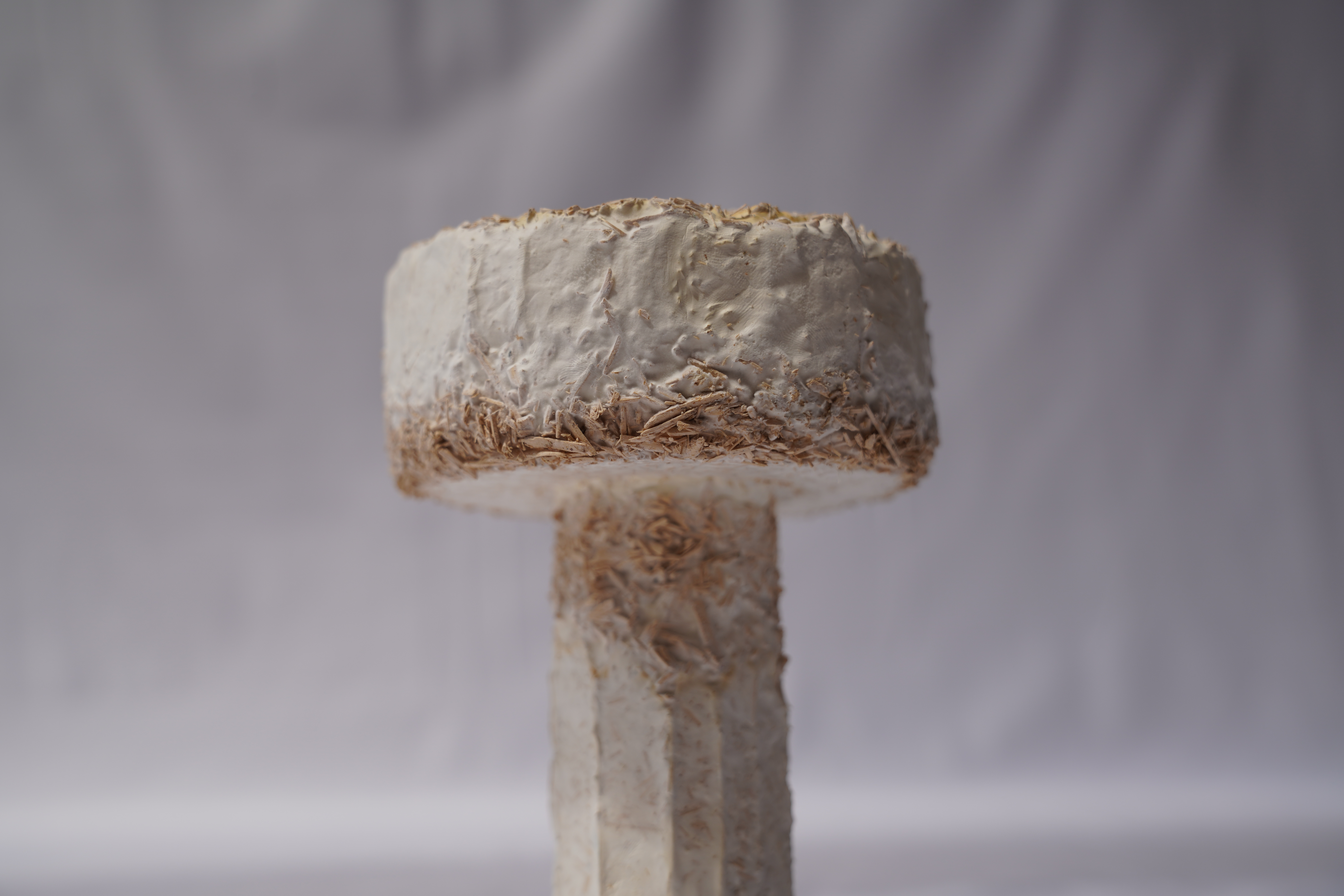
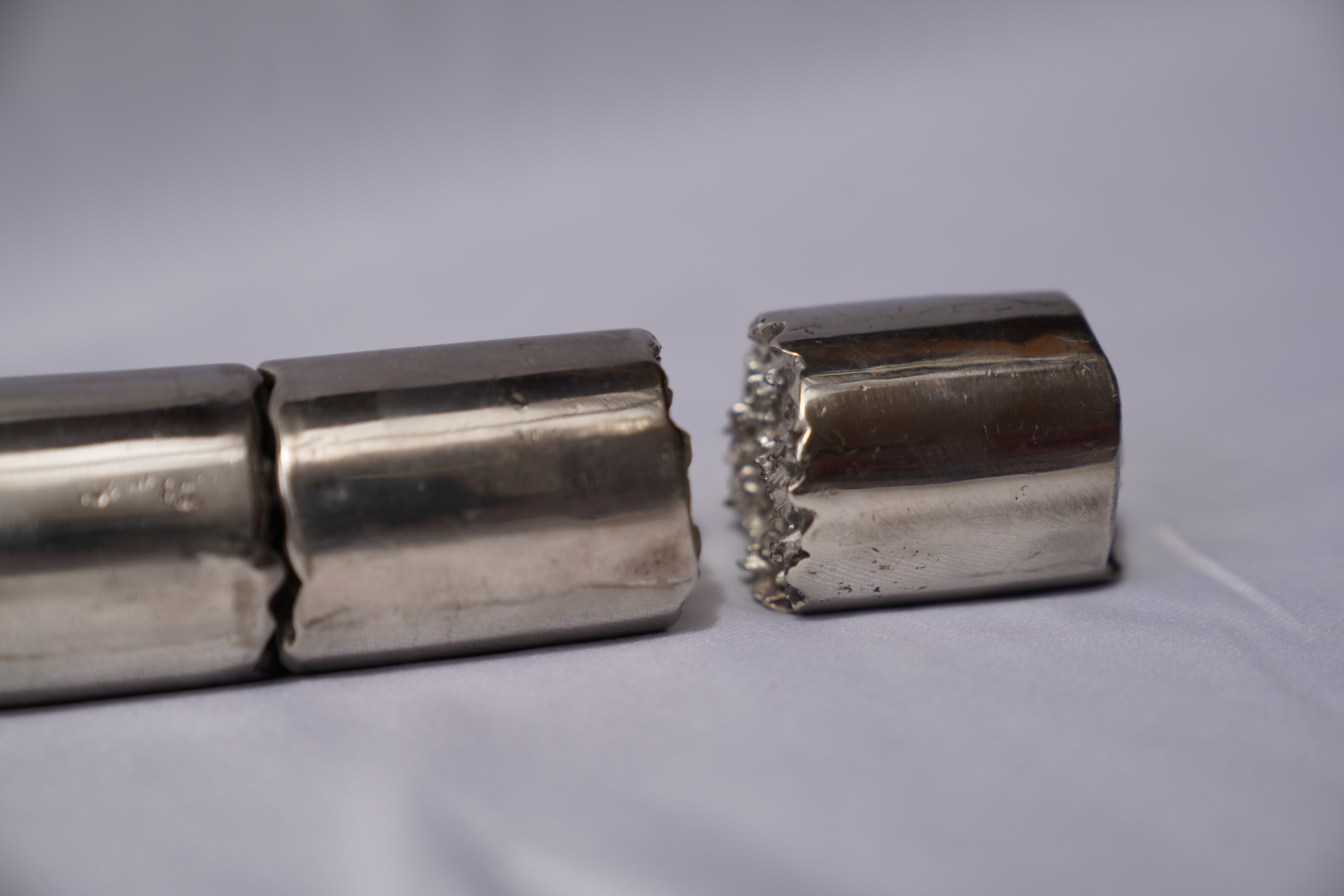
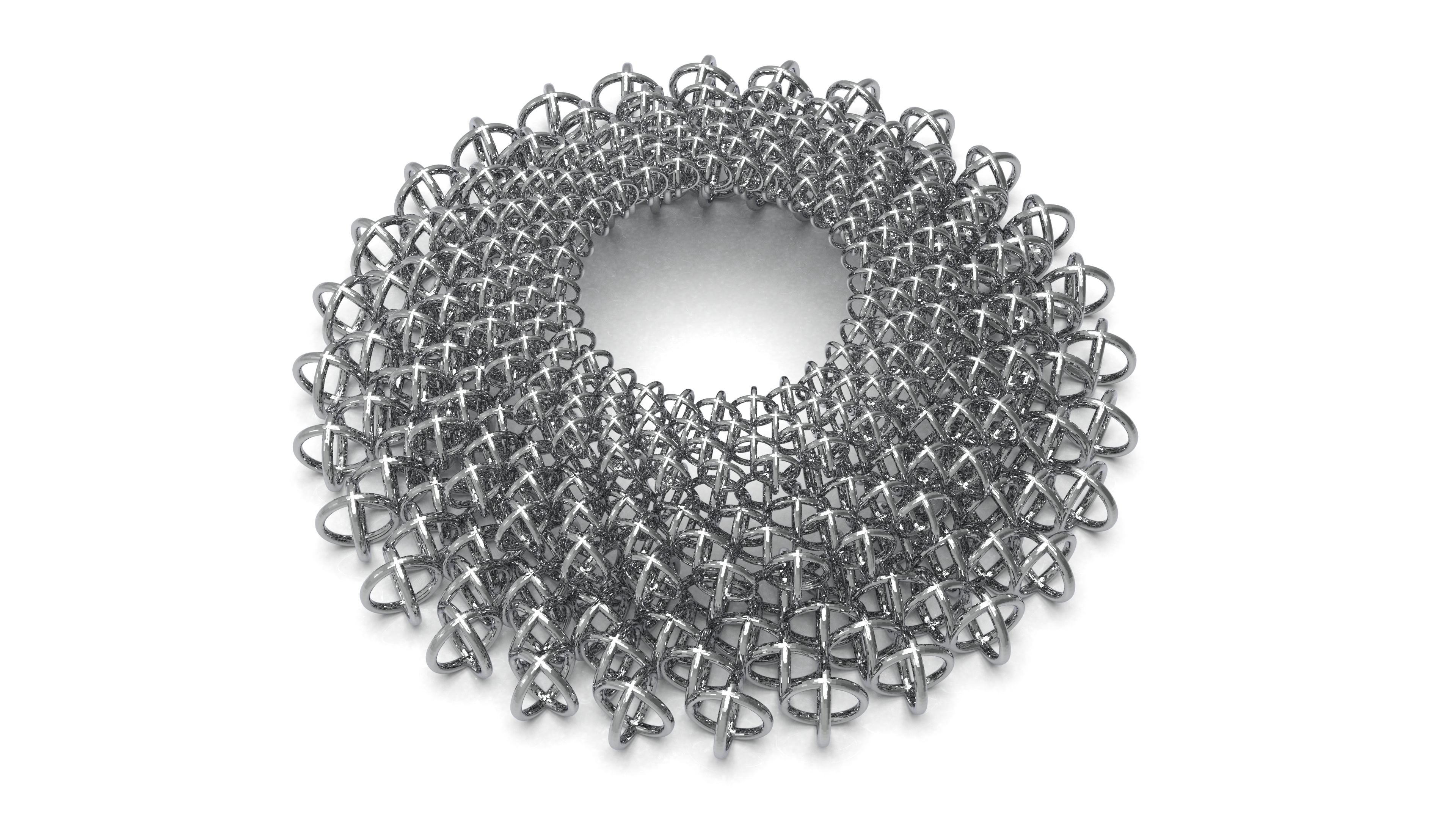


Below is a self narrated video talking through Coins
The Illustrious One Thousand
The Illustrious One Thousand (TIOT) was created over the span of 6 months by 1000 different Jewelers and Artists. Through their collaboration, have made one thousand individual cocktail rings, placed together to create one unifying piece. Every ring is crafted with the finest standards and most exquisite materials.Each model is a true one of a kind, due to the value of the raw materials used and sheer labor, TIOT demands a very expensive price tag, in the hundreds of thousands of dollars if not millions for the right buyer. Rarely sold on the second hand market due to their scarcity, newly released TIOT projects are highly sought after.
Duplicated in the digital world, TIOT can be utilized in digital spaces as the owner sees fit. Linked to it’s sister asset online, minted in the blockchain, TIOT is verified through image recognition via an app that comes with the purchase.
Each piece of TIOT was designed and modeled in Rhino. Once modeled, I printed out as many as I could on my 3D printer. I applied small jewels and beads to each one. All the rings totaling just shy of 1000, at around 880(ish) and over 2000 beads and jewels.


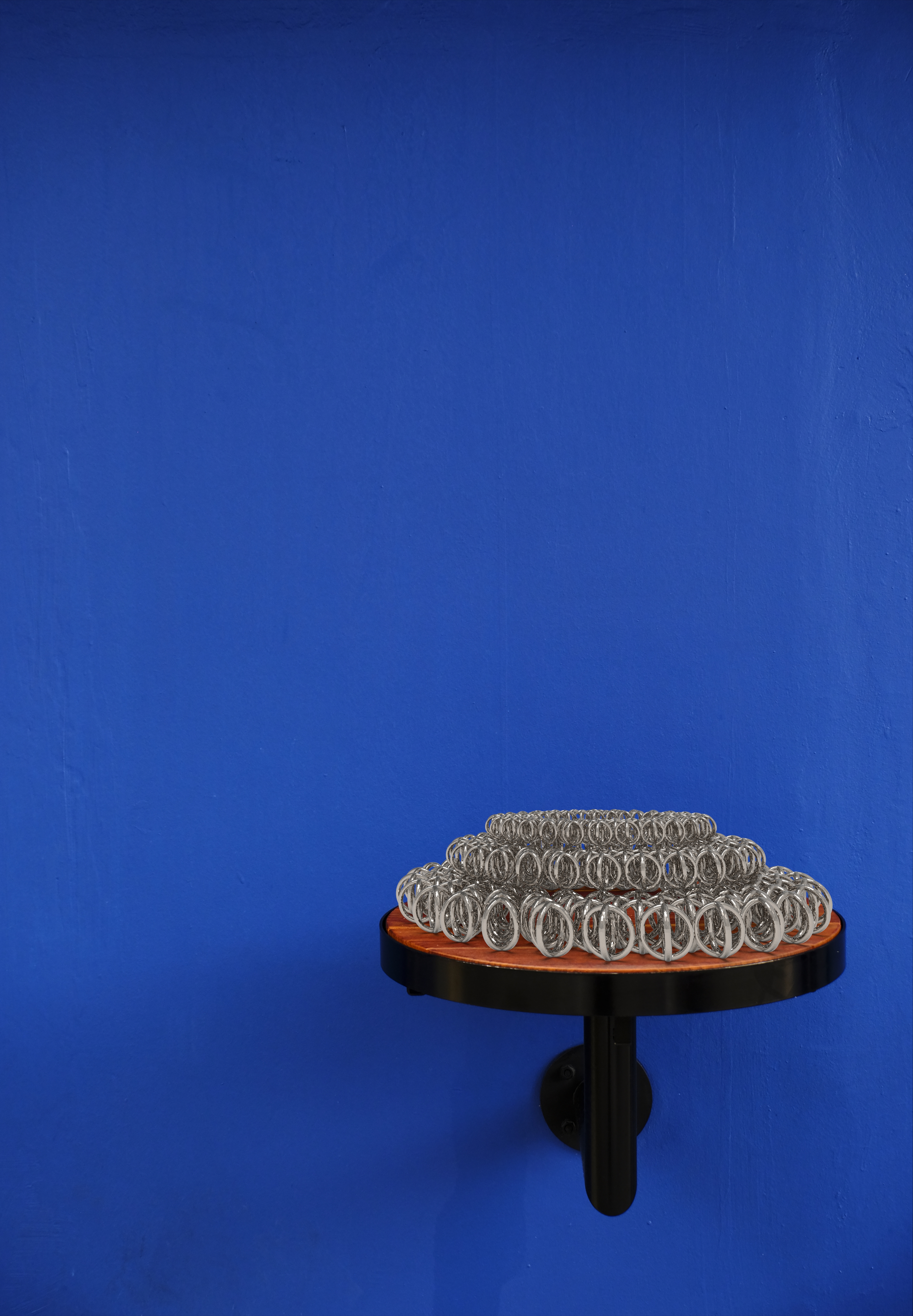




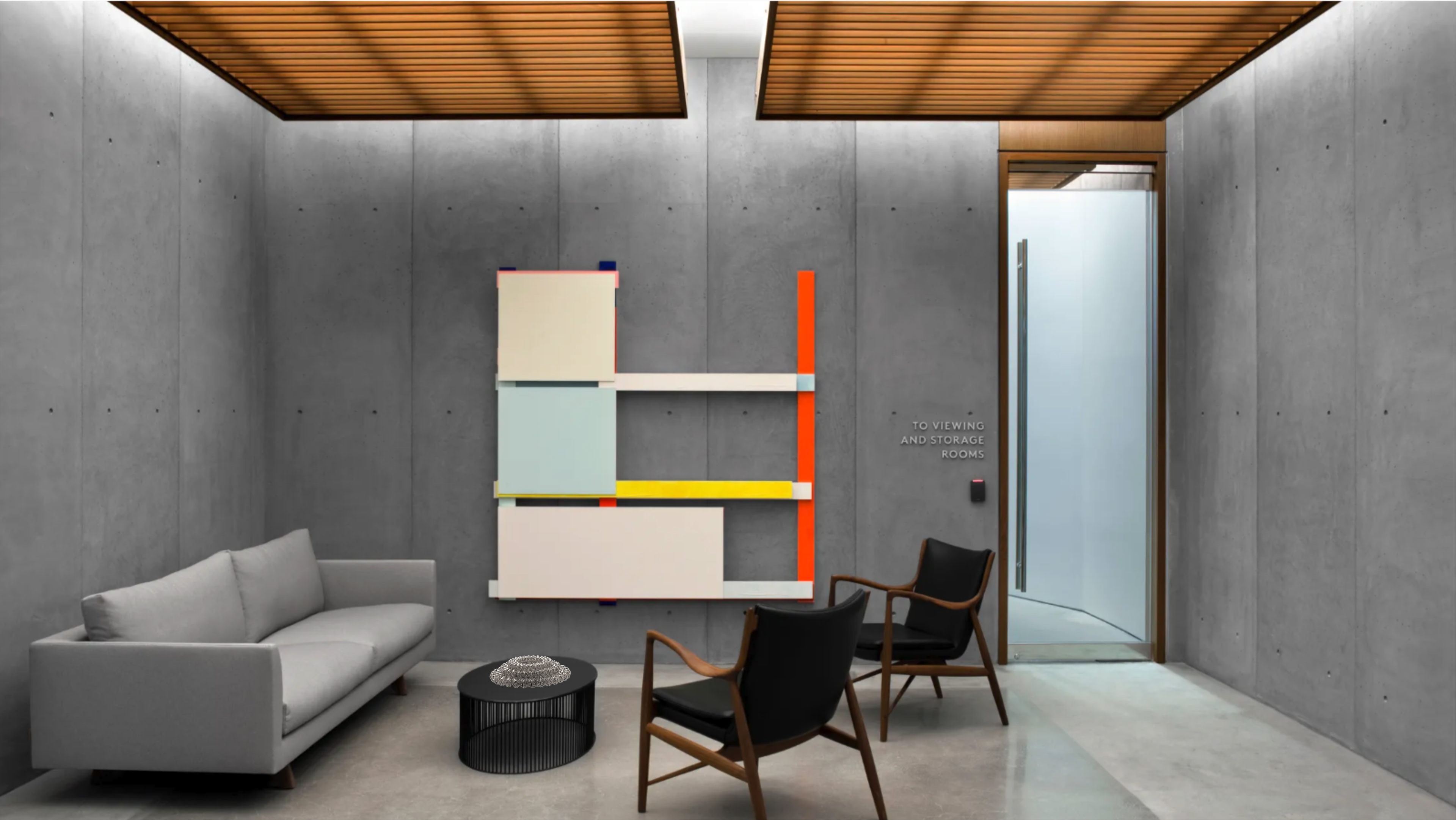
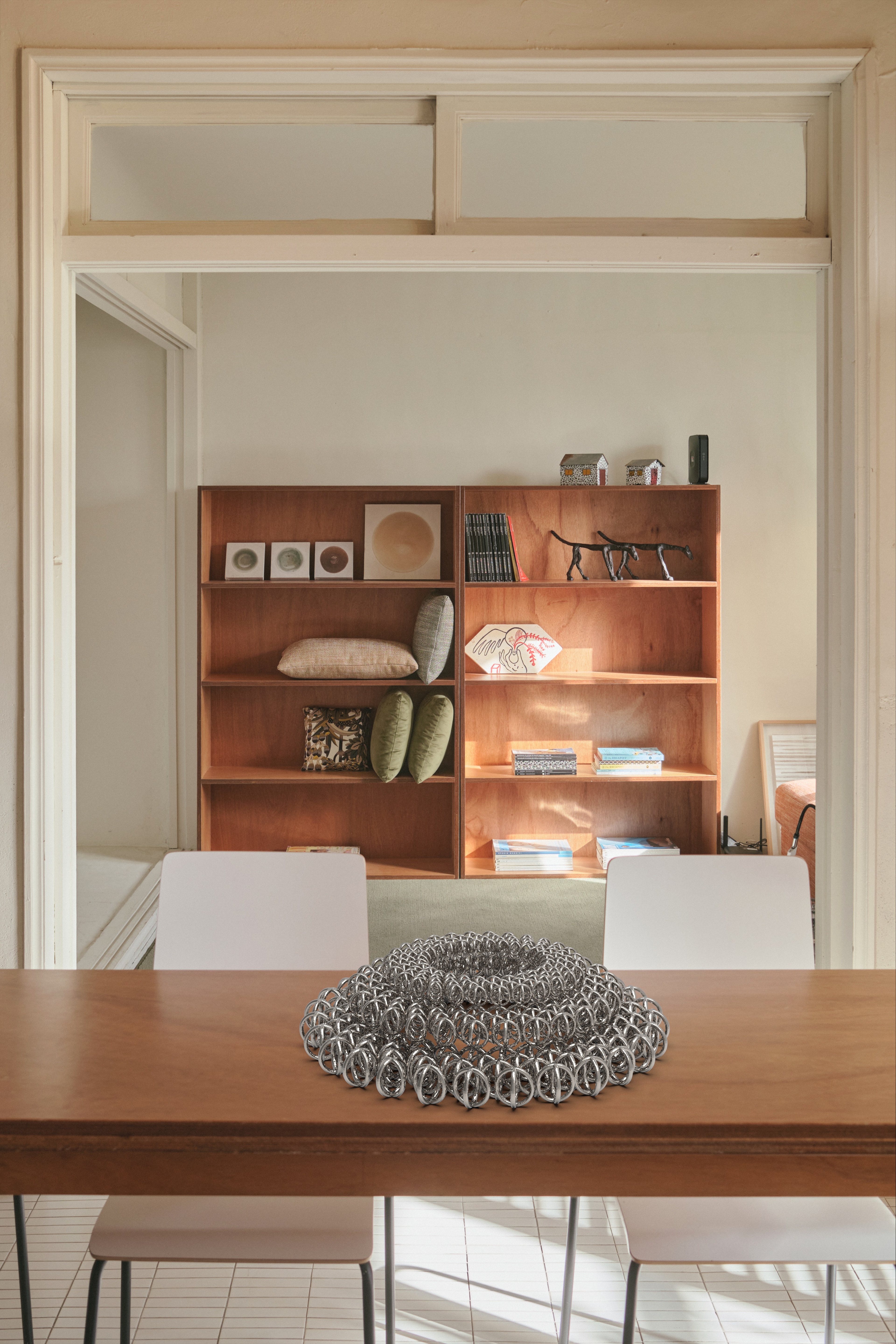
LINX
LINX are representative of individual pieces of blockchain. Each link in the chain is unique to what’s on its right and left, the order in which they’re minted cannot be altered once it’s been made. Each piece is hand made out of approximately 1lb of platinum. Once purchased, LINX will be hand delivered to you regardless of location on the planet.Owning specific parts of LINX has become very expensive due to their material cost and it’s direct attachment to the blockchain. The pieces of LINX are owned and traded by the 1% of the world, costing hundreds of millions of dollars, if not billions. Due to the outrageous value, LINX is used as another form of currency among the rich, similar to that of high value artwork as assets.
Duplicated in the digital world, LINX can be utilized in digital spaces as the owner sees fit. Linked to it’s sister asset online, minted in the blockchain, LINX is verified through image recognition via an app that comes with the purchased.
LINX began as a 3D model I made. After which I 3D printed it on my own printer. The finished print needed a little sanding and smoothing to be prepped for casting. I cast the 3D print into a high temp silicone, and in the negative of that I poured a low melt alloy. After a little buffing and polishing, it was you see displayed.




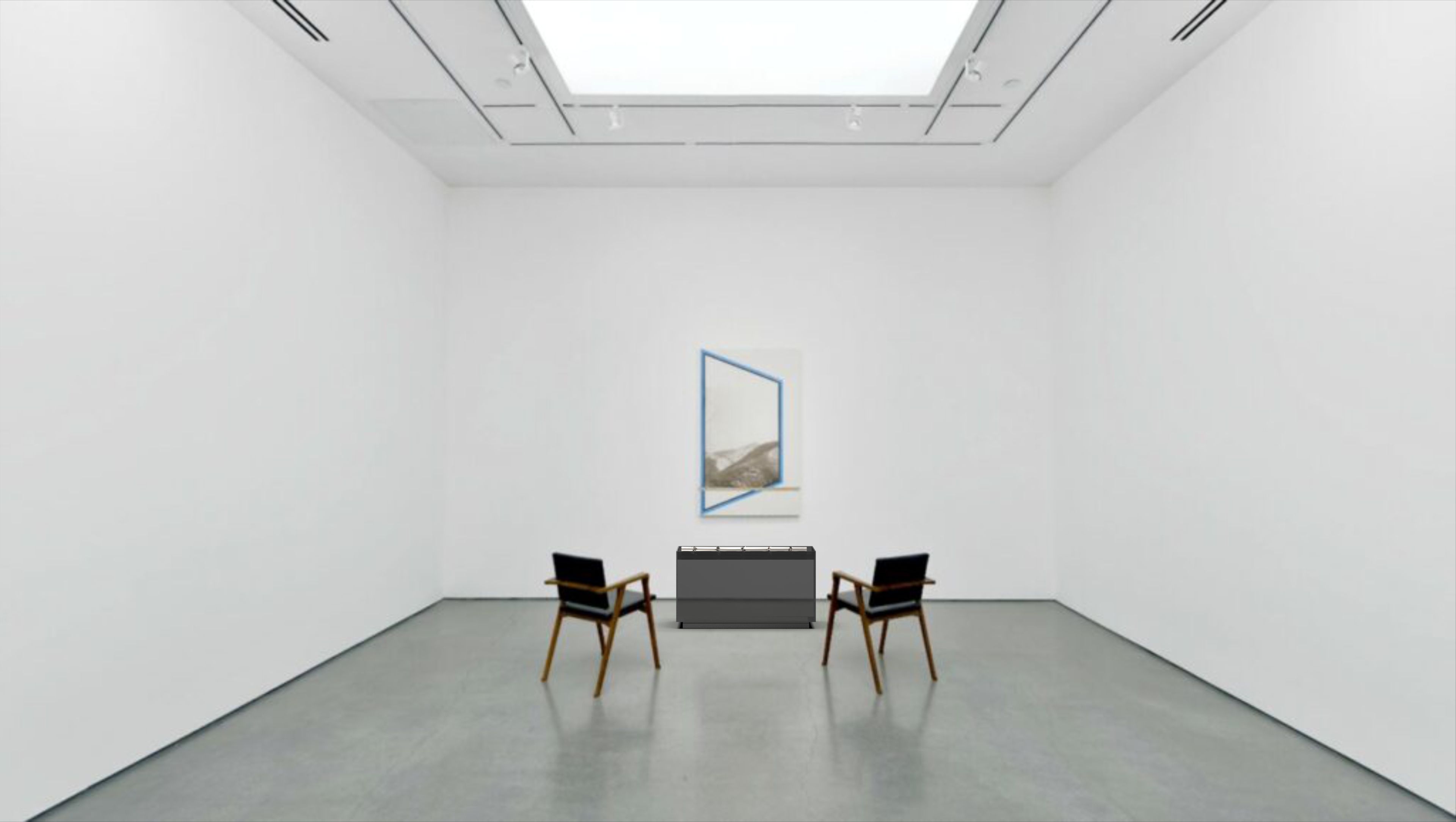

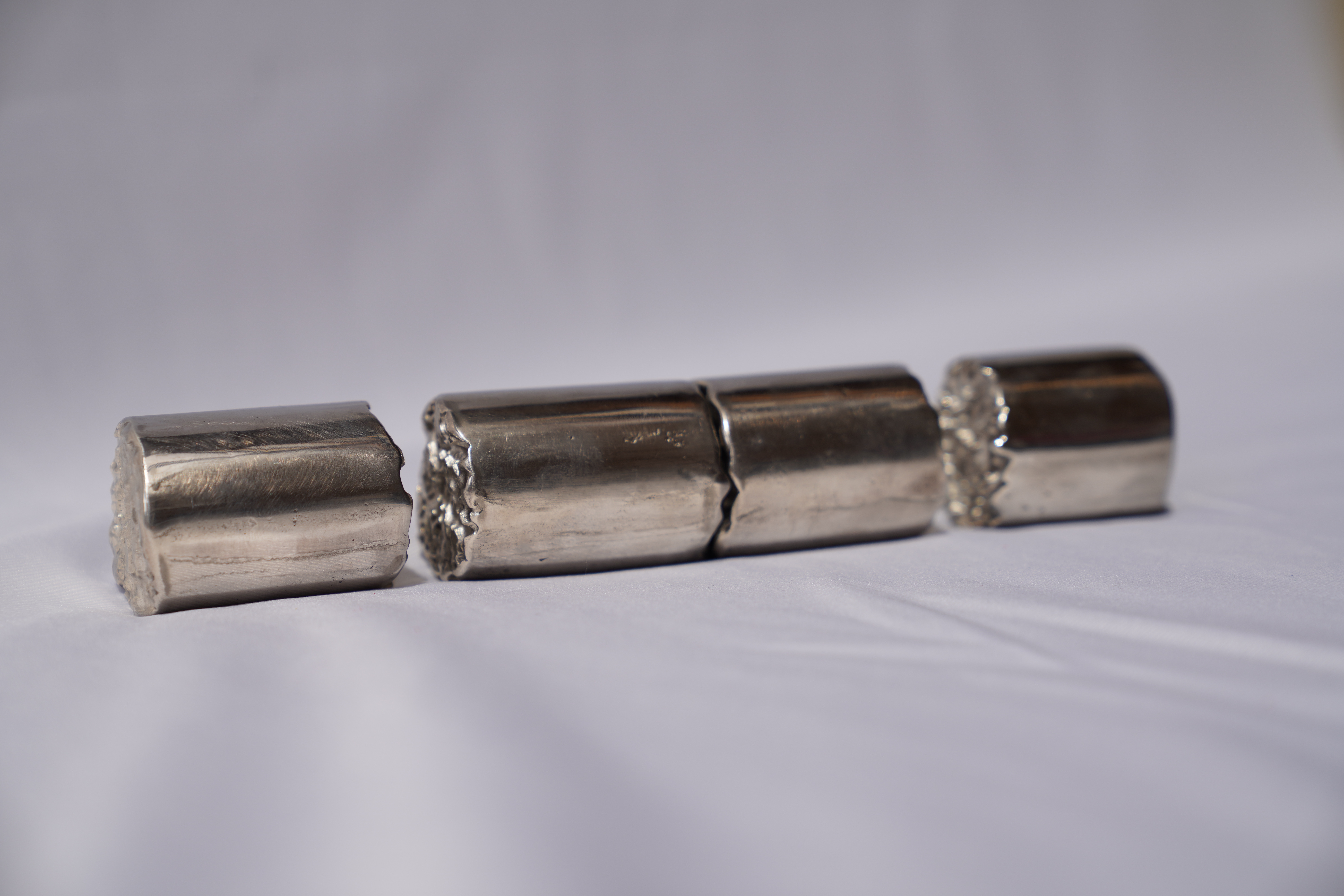
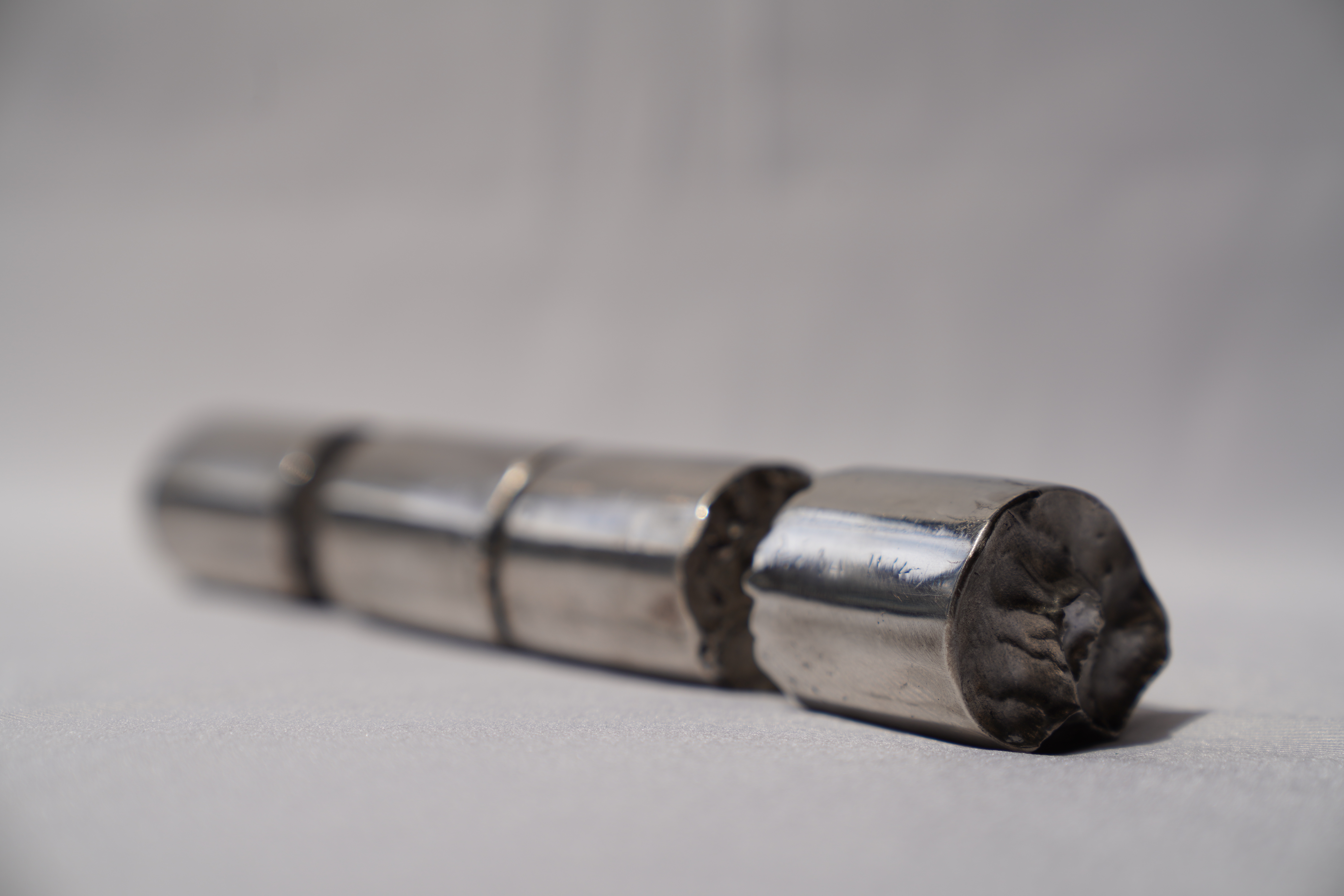
Collection
Each Collection will only be produced once, one of each model is all that will ever be made. Using the artists unique design language, they group together different assets from around the world and unify them as a singular collection. Shown here are Collection of Buildings and Collection of Pollen (molecules). The artist chose these collections of massively different size and brought them to a similar scale in order to bring to light the different scales at play in our world.
Bought through an online marketplace, Collection’s value is created through that of scarcity, desire and word of mouth. Announced weeks prior to the sale of Collection, the artist releases some teaser images to generate interest. Once ready purchase, people have the option to purchase parts of Collection through an online auction. The second hand market for Collection is busy, as there’s only one of each asset, some people are willing to pay large sums to facilitate the sale as there’s no other option.
Collection is verified through an image verification app that comes with the purchase, with the sale tied to your account, a unique program is used to scan and recognize each asset to avoid counterfeit.
Each piece of Collection began life as a real 3D scan of something, be it on a molecular level or architectural. Using the 3D scan, I applied a series of treatments to it in Rhino, a 3D modeling software. Once complete, I 3D printed all of them on my own printer, removed and finished any imperfections. Finally, I painted each one accordingly.



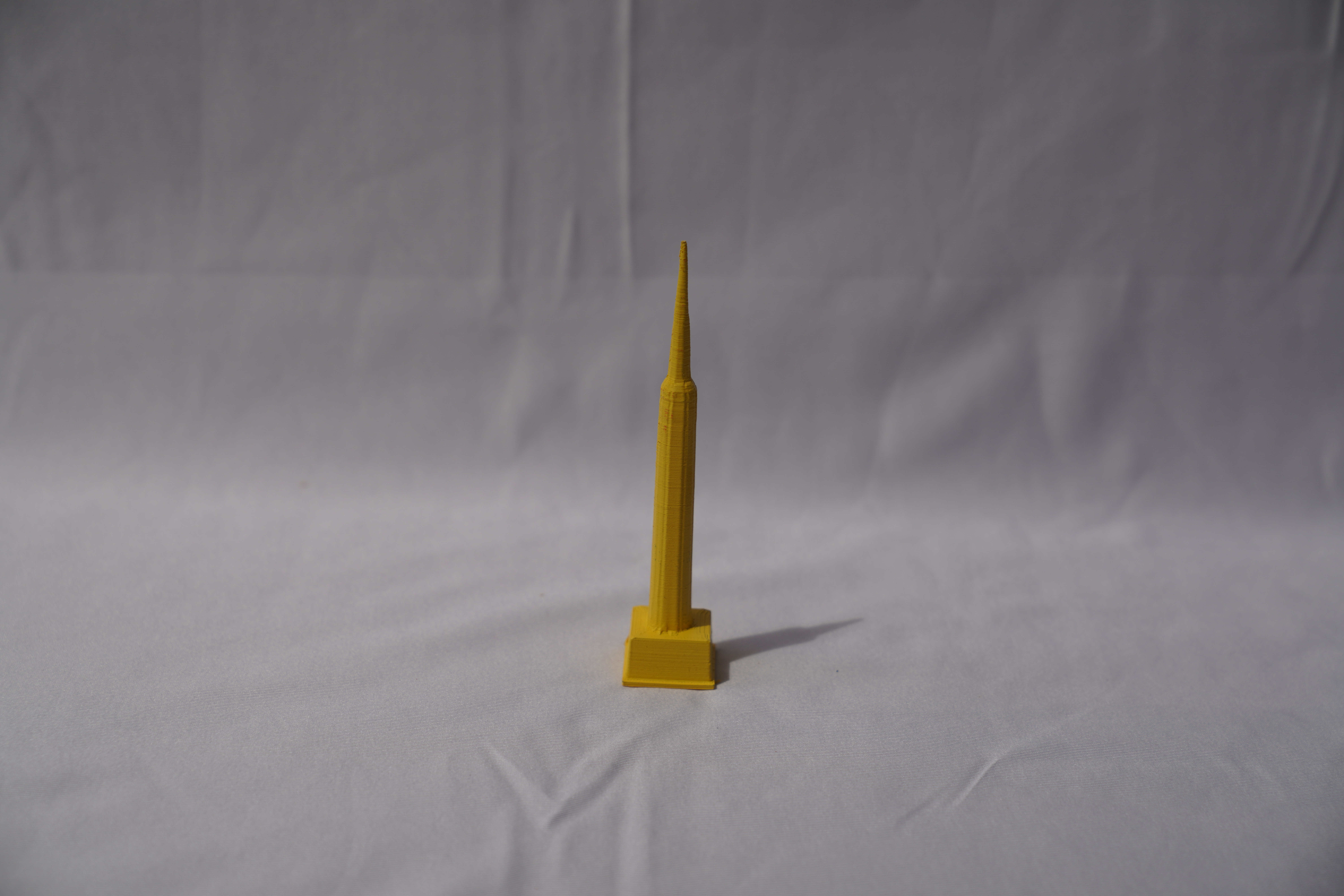

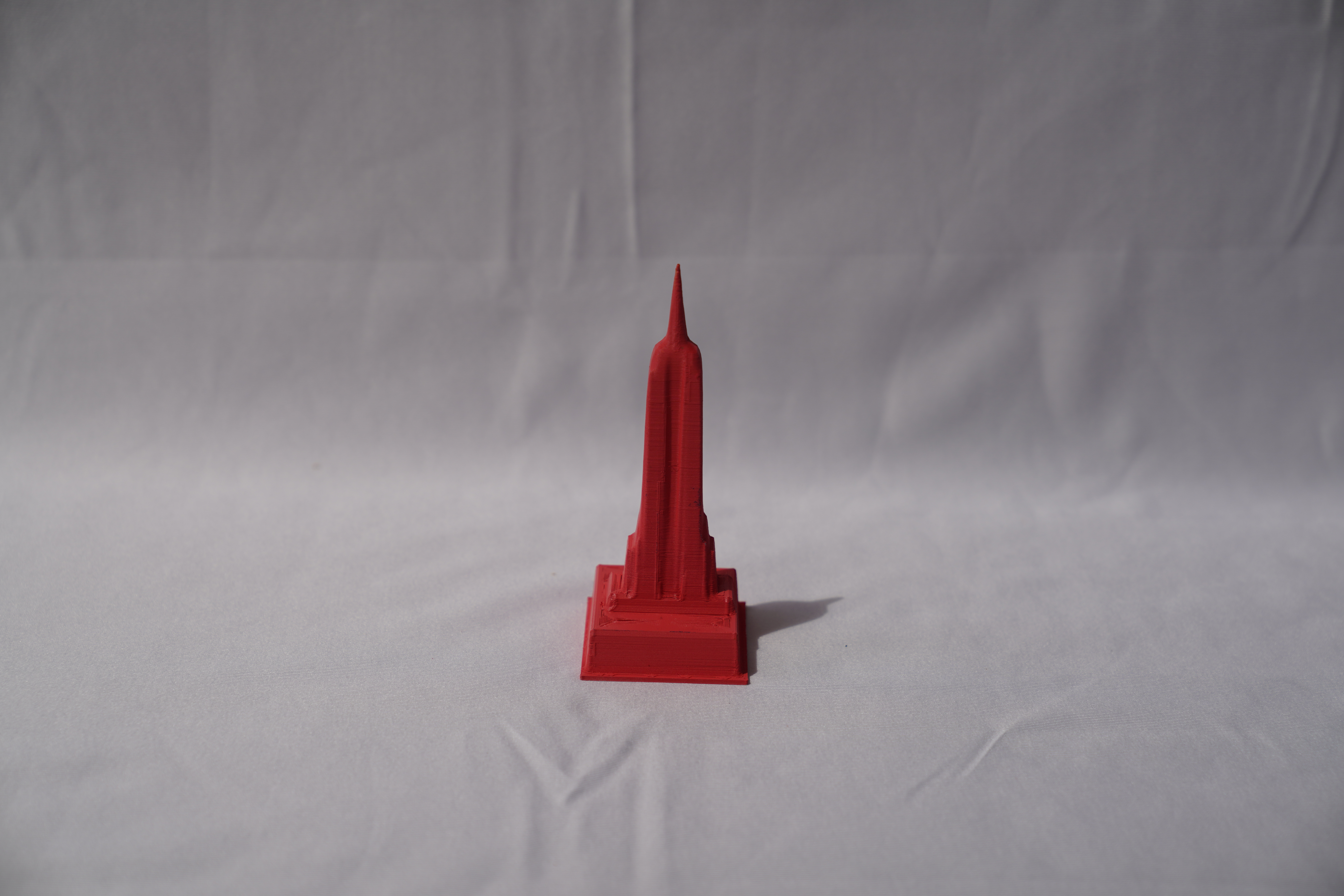
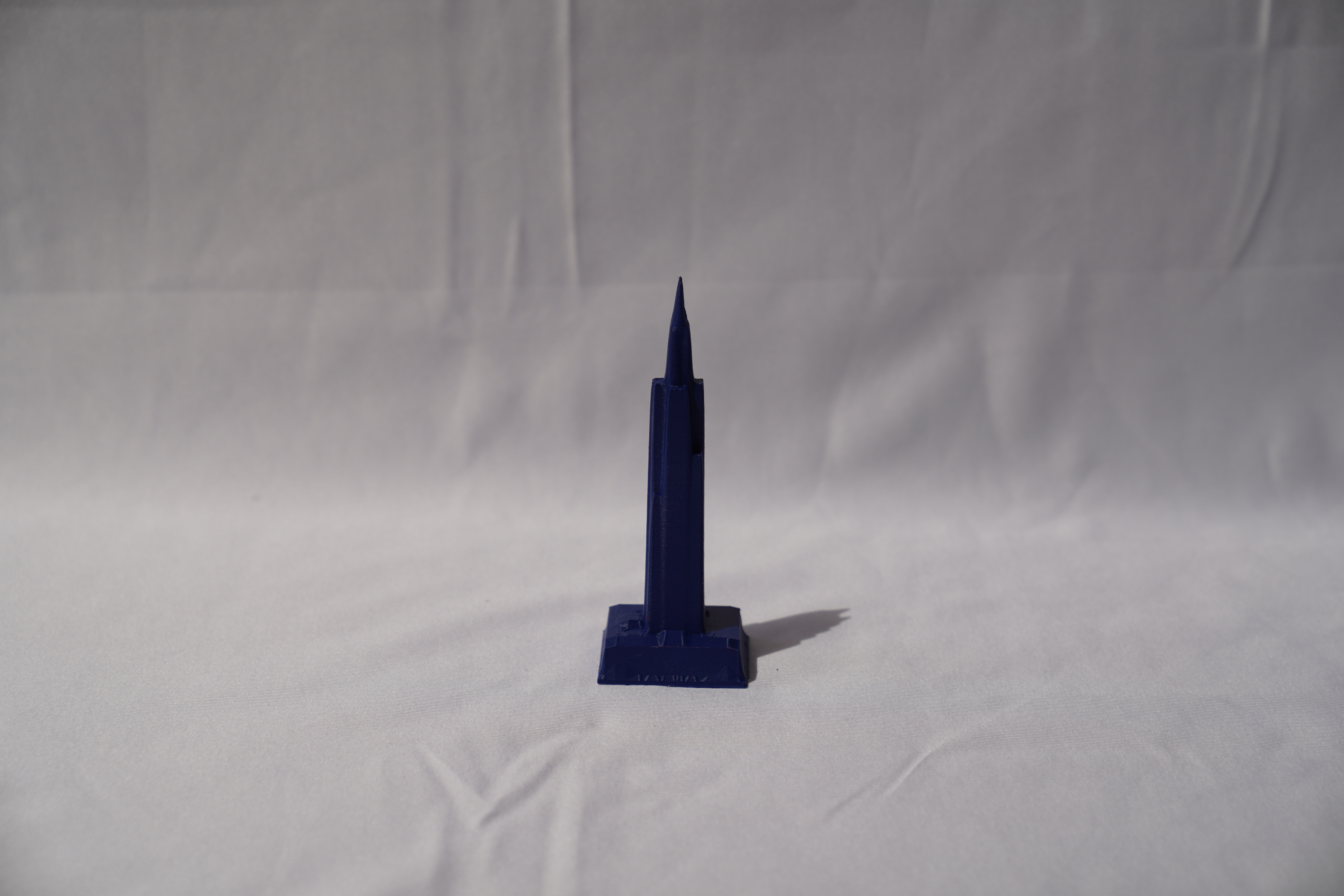

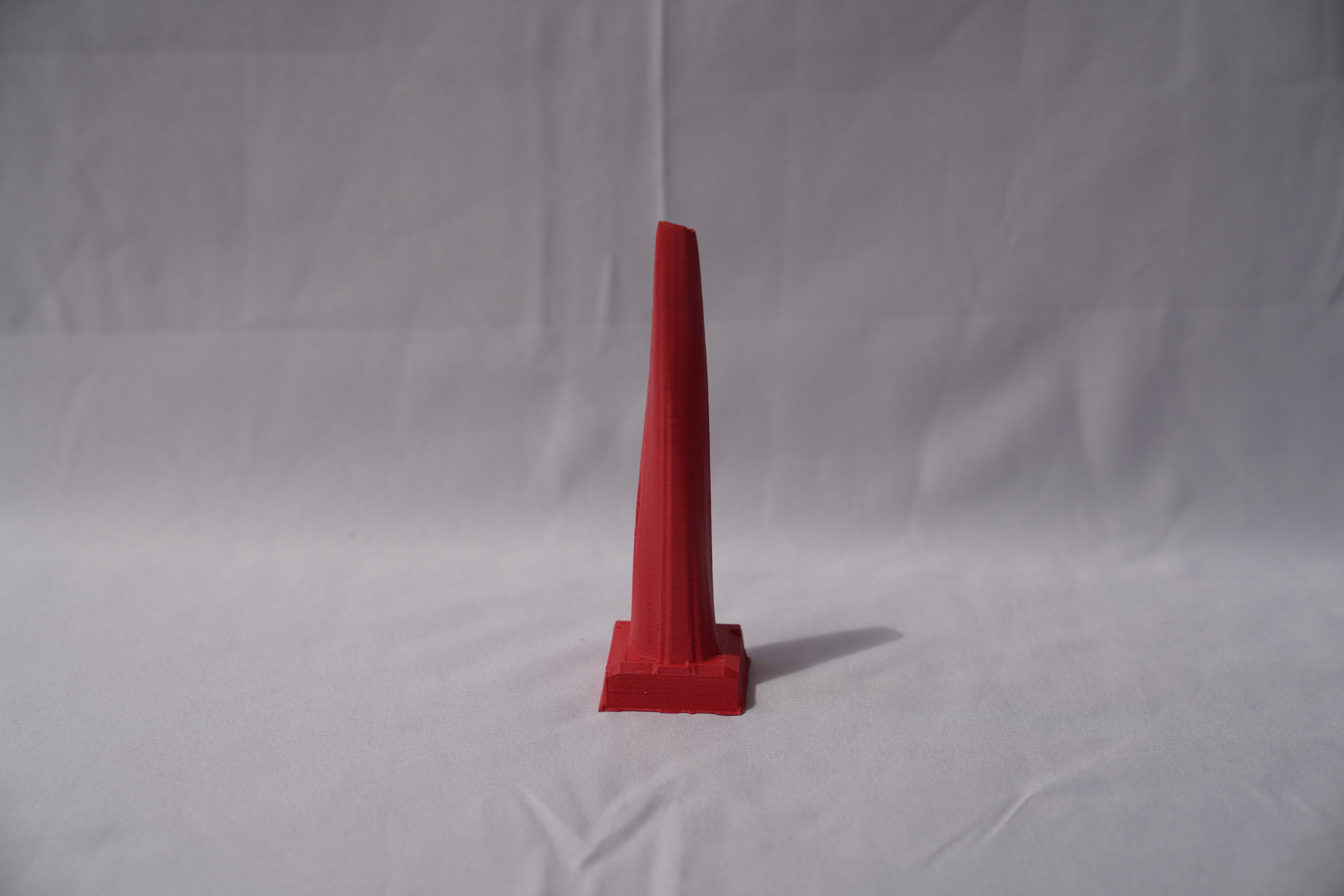

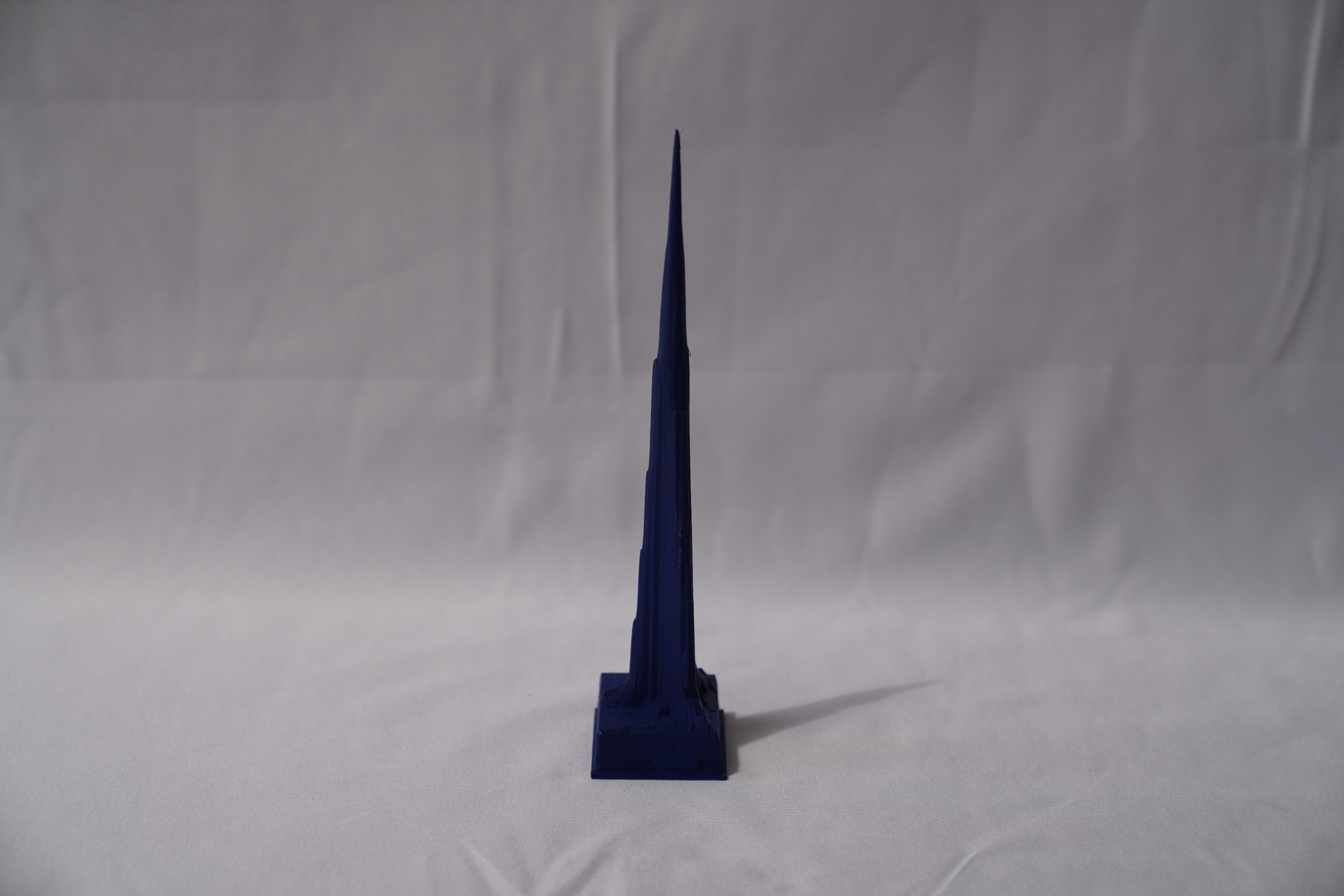
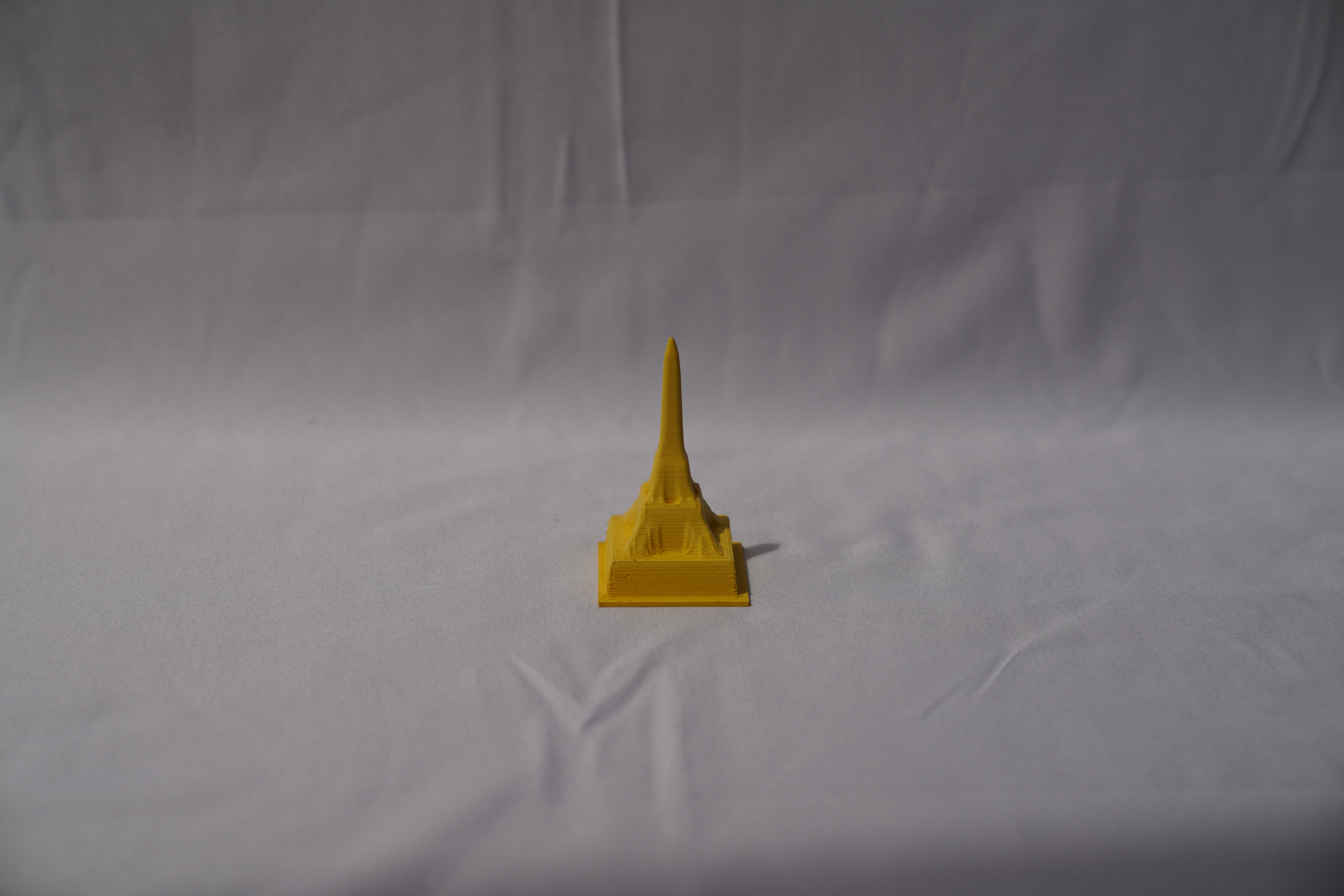
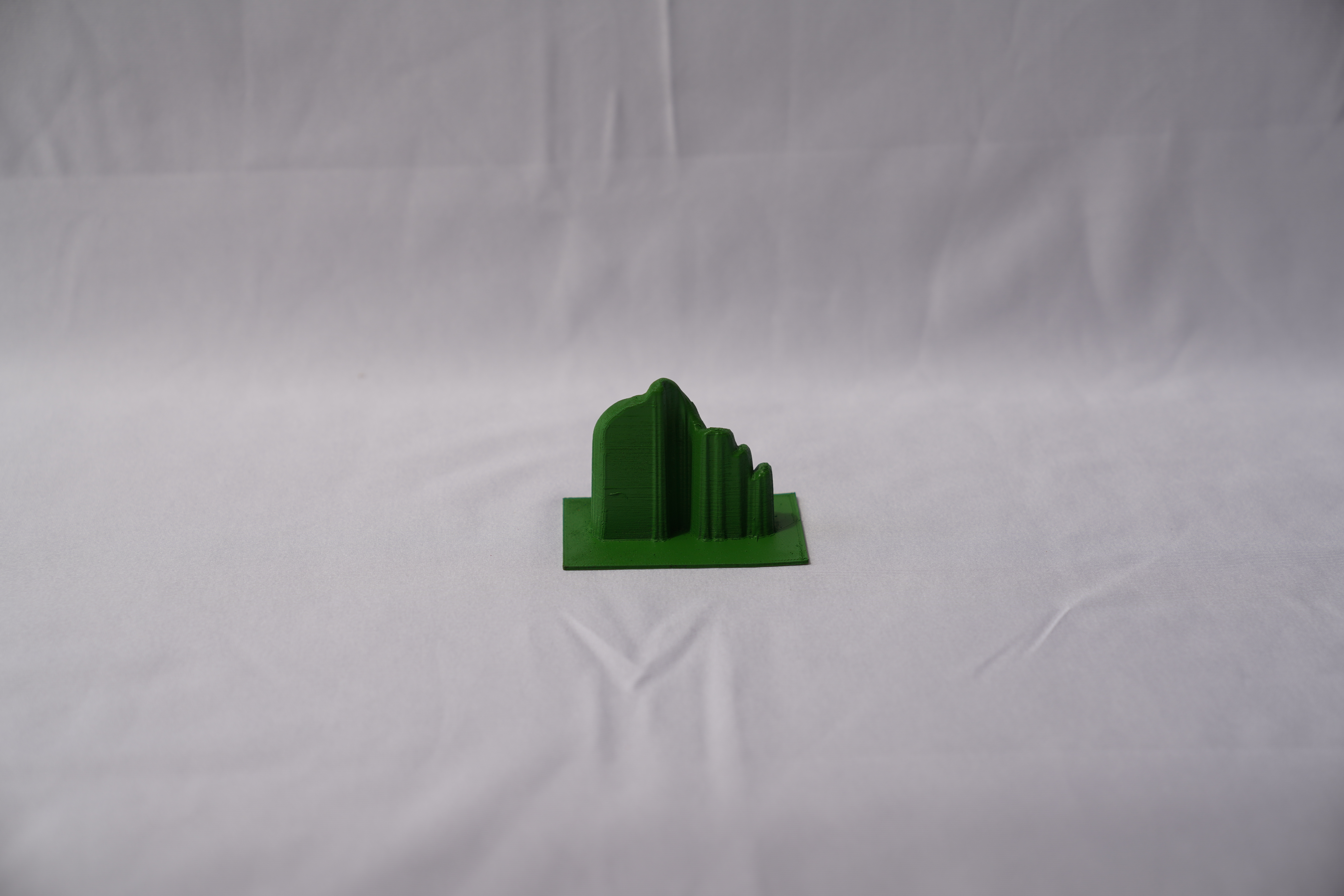

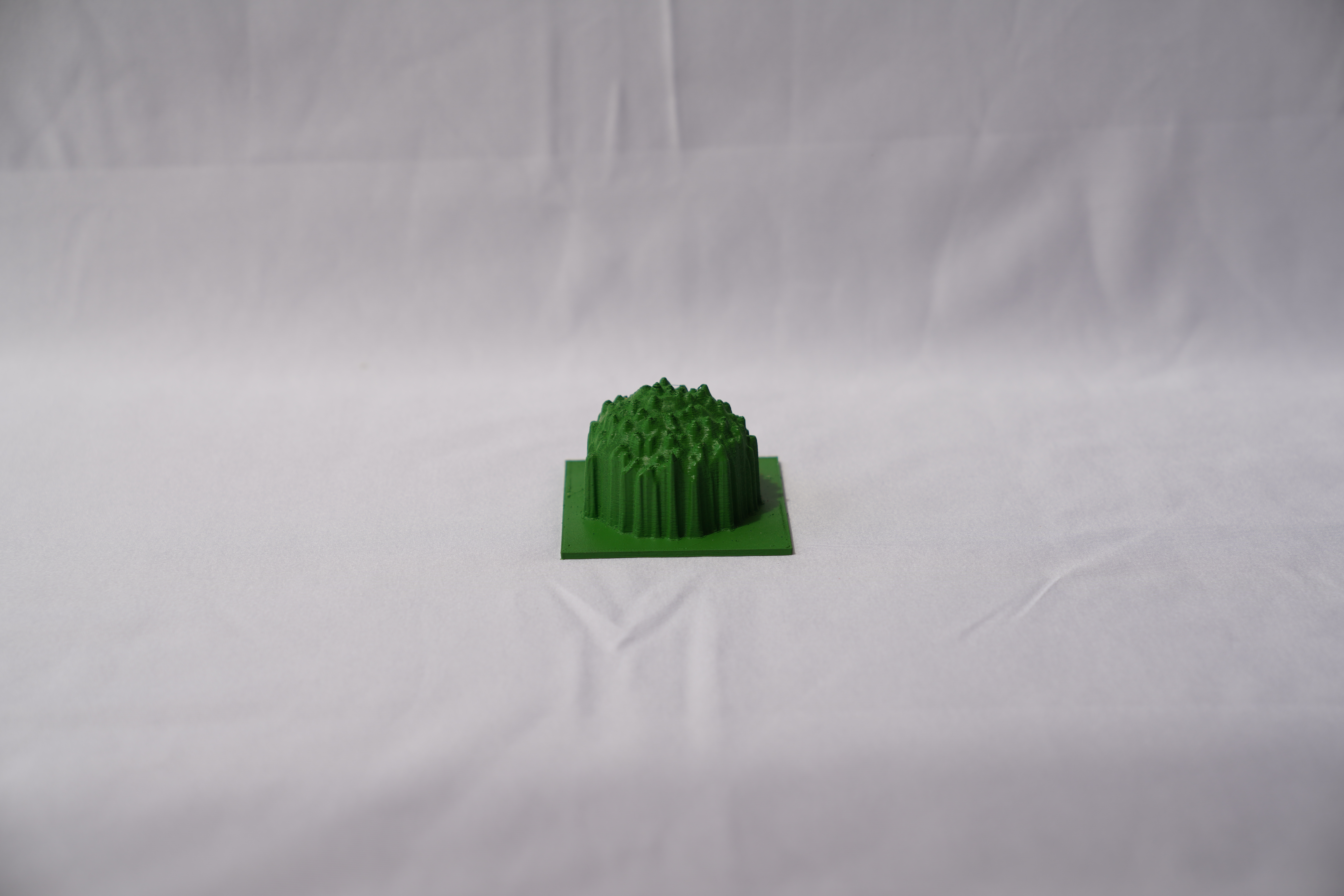
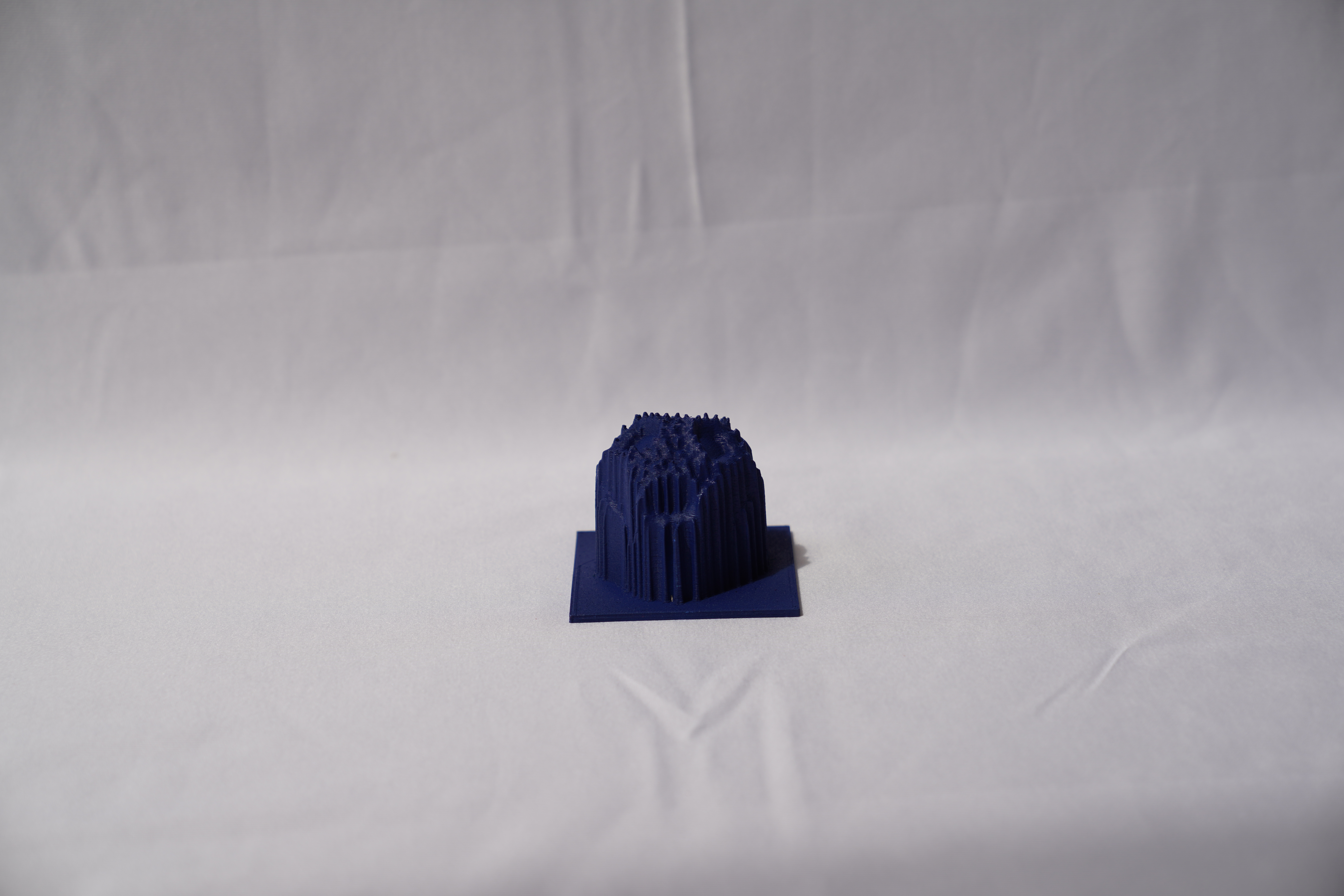


FungalCoin
Continuing with my love of mycelium from my undergrad studies, I wanted to use this amazing material in a different fashion. Could I use the temporality of mycelium to my advantage?
FungalCoin has a physical, sustainably made, mycelium coin that can be utilized in the real world. The users of this coin are incentivized to use it through the continuation of its circular lifecycle and its ability to offload unnecessary server space. Each coin is made to order, the size of which depending on how much money you mint into that FungalCoin.
Both the mycelium and the means of interaction (biodegradable iron) have an expiration date, and when that date arrives it’s the users job to return the mycelium back to earth to continue its lifecycle. Embedded into the coin is ferrous biodegradable iron, acting as a magnetic interface similar to that of NFC allowing you to interact with the physical world. With no sister asset online, the value of FungalCoin is maintained and accessed through the biodegradable iron - so if lost or stolen, it’s gone forever, but don’t worry it cannot be accessed without the users security code
FungalCoin was made out of mycelium and hemp chips as the substrate. It began growing the mycelium to begin with, I tried out a few different kinds of mycelium and found little different in their growing times. Once the mycelium was grown, I made my casts out of cardboard and coated the interior lining with a polyurethane. This was to prevent the mycelium from eating the cardboard (in the literal sense). A week later in their molds and they were ready to pull out.
